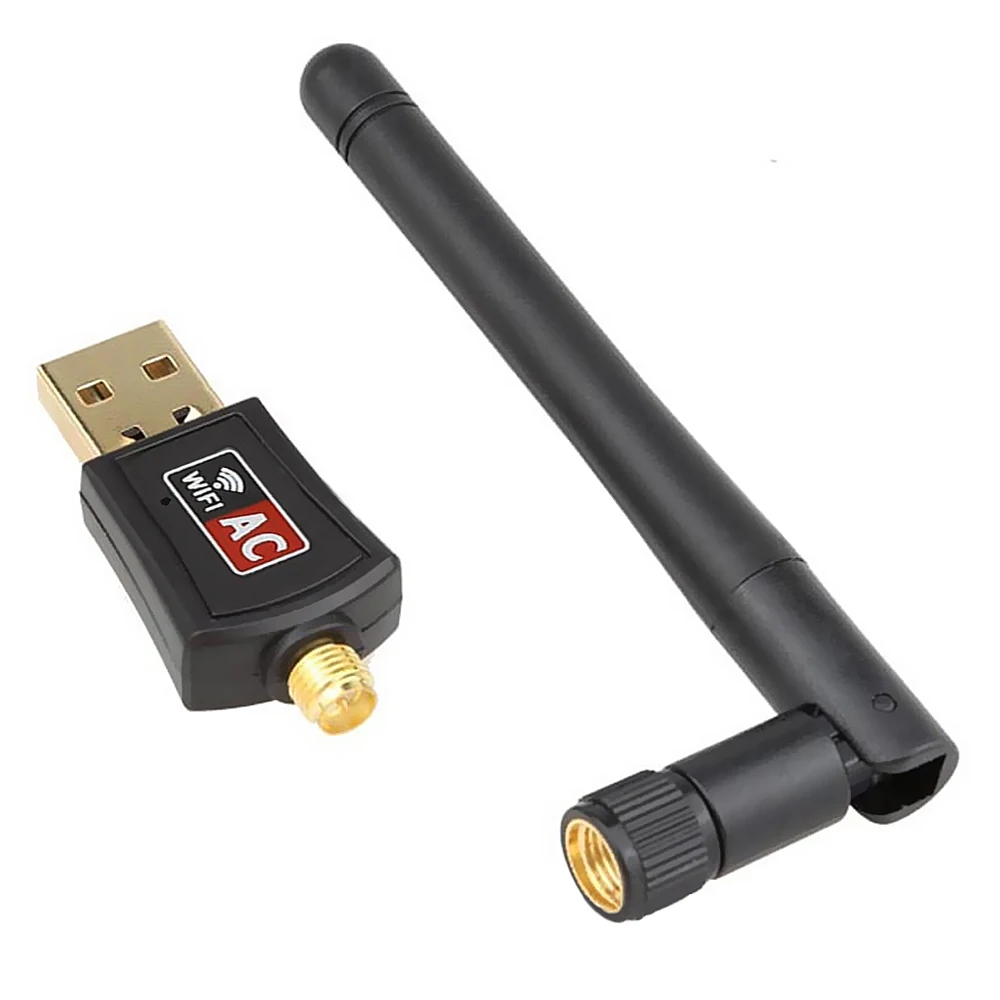
USB 3.0 is reducing power requirements by eliminating the polling and broadcasting nature of USB 2.0. USB 3.0 has also surpassed the broadcast nature of USB 2.0. When both ends of links, the peripheral and host, are ready, the data is shared. Then the host contacts that specific peripheral to check if data is ready to share or not. In SuperSpeed the host waits until a higher-level application tells it that a peripheral has data to share. In USB 3.0 polling is replaced by asynchronous notification. The host polls continuously to all connected peripheral devices that have data to transfer and for this, all devices must keep “on” at all times. USB 3.0 has dual-simplex four-wire signaling which means this usb port has bi-directional data flows. USB 2.0 has half-duplex two-wire signaling which means unidirectional data flow with negotiated directional bus transitions. Therefore, USB 3.0 is 10 times faster than USB 2.0. It supports almost 5 Gbit/s whereas a high-speed USB 2.0 supports only 480 Mbit/s. In USB 3.0, a new transfer type is introduced called SuperSpeed or SS. The former USB port can reach up to 4.8Gbps, whereas the latter is limited to 480Mbps, so make sure you get a USB 3.0 adapter if you want to achieve the maximum speed. USB 3.0 is considerably faster than USB 2.0. The Nintendo Switch will automatically recognize the hard-wired connection, and display the symbol for Wired Internet in the top-right corner of the home screen. Run the ethernet cable from your network router into the adapter, then plug the USB end into one of the three open USB ports on the Nintendo switch.


If you have one that was compatible with the Wii or Wii U, it will also work with the Nintendo Switch. It requires you to purchase a LAN to USB network adapter, available from many retailers. While the Nintendo Switch does not support an on-board Ethernet Port, it is possible to set up a hard-wired internet connection on your Nintendo Switch dock.


 0 kommentar(er)
0 kommentar(er)
